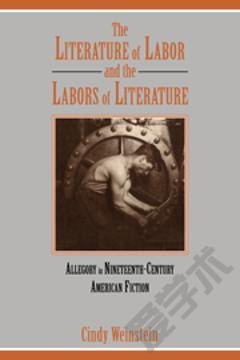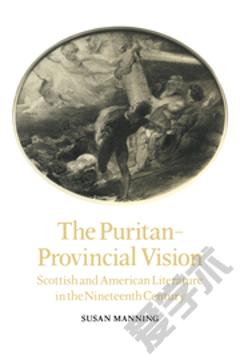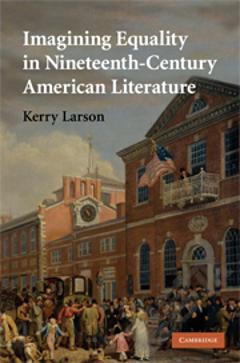The Literature of Labor and the Labors of Literature: Allegory in Nineteenth-Century American Fiction
The Literature of Labor and the Labors of Literature juxtaposes representations of labour in fictional texts and non-fictional texts in order to trace the intersections between aesthetic and economic discourse in nineteenth-century America. Both allegory and the new forms of labour produced a version of personhood that seemed frighteningly flat, a flatness that attacked the substance of the work ethic and, indeed, the very foundations of American individualism. Using this contextualized model of allegory, Weinstein argues that texts by Hawthorne, Melville, Twain and Adams are best understood both as allegories of labour (that is, the allegorical representations of the nature and cost of being a labouring being) and labours of allegory (that is, the visibility of the author's work of representation). Weinstein revolutionizes the notion of allegorical narrative, which is exposed as a literary medium of greater depth and consequence than has previously been implied - a working authorial vehicle for engaged and at times socially turbulent thought.
{{comment.content}}








 京公网安备 11010802027623号
京公网安备 11010802027623号